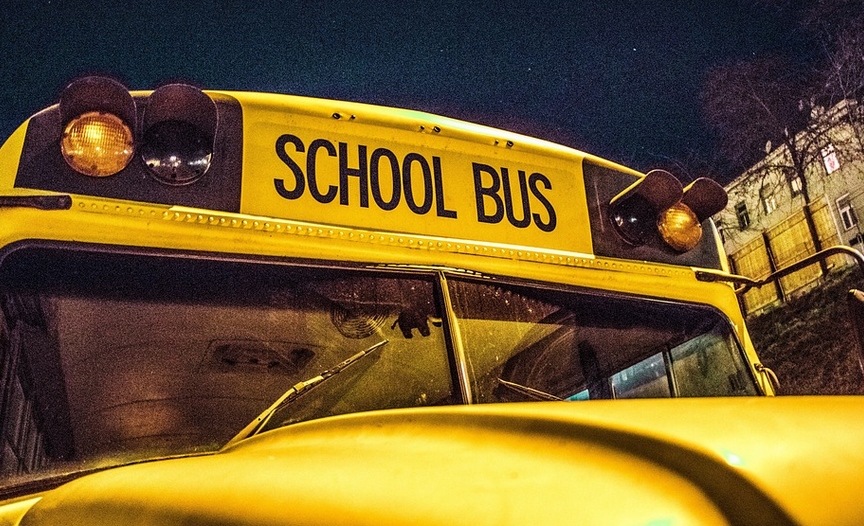
An Overview of the Educational Landscape
The education landscape is a constant state of flux, with new challenges and opportunities arising year after year. In 2024, we’re seeing an even deeper dive into curriculum reviews than ever before. What are these reviews all about? Think back to your own school years. From the introduction of a new technology in class to learning about world cultures through a hands-on experience, there was a lot happening. This is essentially what a curriculum review entails. It’s examining how well our current educational system aligns with 21st century needs.
We’re talking about more than just the textbooks and lesson plans that govern a classroom. It’s about assessing whether the education we offer prepares students for the workforce, personal success, and their changing world. It’s about ensuring our kids are equipped with the skills to thrive in an increasingly interconnected global society.
Think of your child as a unique individual. The same curriculum review process would likely be quite different for each student, considering factors like their learning style, interests, and aspirations. There is no one-size-fits-all solution when it comes to education, especially in the 21st century.
What Drives These Reviews?
So why are we doing these curriculum reviews so often? Well, here’s a breakdown of the key drivers:
- **Emerging Technologies:** The rapid advancement in technology presents both opportunities and challenges. We can’t ignore the need to integrate digital literacy into our classrooms – something that is crucial for our children’s future success.
- **Globalized World:** Our world has become much more interconnected, requiring a global mindset and an understanding of different cultures and perspectives. This demands inclusivity in the curriculum to prepare students for global citizenship.
- **Changing Job Market:** The nature of work is rapidly evolving, focusing on creativity, critical thinking, problem-solving, and adaptability – skills traditionally taught in 20th century classrooms.
- **Addressing Inequality:** Curriculum reviews offer a chance to address social and economic disparities that can impact learning outcomes for some students.
- **Teacher Retention:** Teachers are facing unprecedented challenges due to burnout, low wages, and lack of support. Curriculum reviews could provide valuable insight into how to improve the teaching experience and cultivate a more positive atmosphere in classrooms.
The Journey of Curriculum Reviews
Let’s dive deeper into the process itself:
- **Gathering Input:** It all starts with input from students, teachers, parents, and community members. They bring a wealth of experience to the table and help give us valuable perspectives on what works well and what needs improvement.
- **Data Analysis:** Once we gather feedback, it’s time for data analysis. We look at test scores, student surveys, teacher evaluations, and other relevant metrics to understand the current state of our education system.
- **Curriculum Reform:** This is where the magic happens! Based on the analysis, curriculum experts develop new learning frameworks, revise existing subjects, and experiment with innovative approaches.
- **Pilot Programs & Evaluation:** Before widespread implementation, educators set up pilot programs to test their new curriculum plans and gather feedback from students and teachers.
- **Implementation & Adaptation:** Finally, the new curriculum is rolled out across schools. It’s a gradual process that allows for adjustments along the way, based on performance monitoring and ongoing evaluation.
The Importance of Transparency
Transparency is key in these reviews. It’s not just about looking at data but also communicating it effectively to parents, students, and the community.
Why? Because we need everyone on board!
Think about how much more effective your child’s learning experience would be if they were involved in the process from the start!
The Key Takeaway
Curriculum reviews are not just about changing textbooks. They’re about preparing our children to thrive in a world that is constantly evolving. It requires us all to be partners in this journey—students, teachers, parents, and policymakers—working together to ensure that each child has access to the best possible education.




